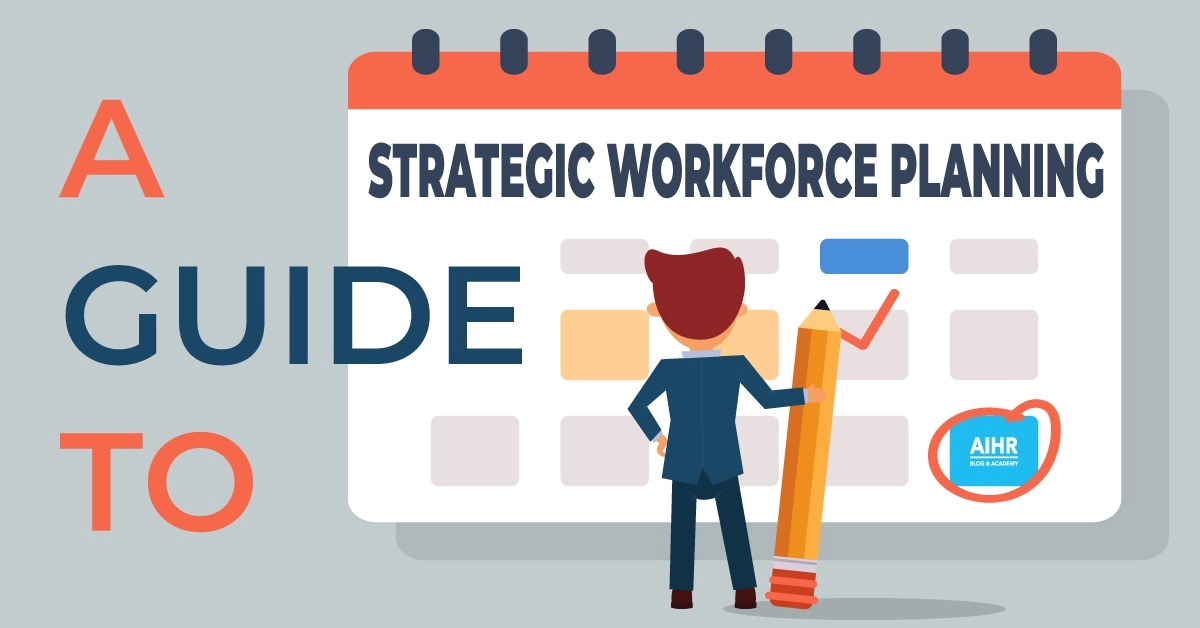In order to achieve organisational goals more effectively and efficiently, human resources and business managers have always worked towards improving employee performance and streamlining and improving processes. However, how do you analyse the work performance of an employee, or department, or any function for that matter? Here is where workforce analytics comes into play. Every organisation has massive data information that can be collated, organised and utilised to make smart and informed decisions.
Table of Contents
What is workforce analytics?
Workforce analytics is an approach of measuring, organising and analysing employee data using software and statistical methods to make better workforce decisions. Data is collected from internal and external sources and then processed, stored, and analysed to get insights about the workforce on whose competence an organisation’s performance depends. Some of the processes that can be improved using workforce analytics are:
- Hiring better candidates
- Prevent employees from quitting
- Testing employee policies
- Identifying and managing risks
- Interpret trends
- Analyse future workforce need
- Increase employee engagement
How can businesses use workforce analytics data?
Human resource managers can use workforce analytics to identify the right people, the tasks that suit them and how to maintain their satisfaction in their jobs. By integrating workforce analytics software into your applications will let you make educated decisions.
Benefits of using workforce analytics
Workforce analytics offers a lot of advantages that will help businesses not just know more about the organisation but also understand their employees better and what works well for them.
Let us take a look at a few key benefits workforce analytics has to offer.
Easing the recruitment process
The building blocks of any business – large or small – are the employees. The success and failure of a company depend on how good or bad their employees are. For this reason, recruiting the right candidate is a difficult task.
However, with workforce analytics, you could analyse data from the earlier candidates, their performance, and the company’s requirements, to know exactly what you need from a new hire. Recognising talent using previous data and finding out whether the candidate is a good fit or not can be done.
Getting to know your employees better
How well do you know your workforce? One way to get to know your employees better is to conduct surveys or ask them to fill up questionnaires. You can make use of this data to better understand why their employees are not performing well or how to improve their productivity. Once you recognise the aspects affecting performance and understand their needs, you can improve workers’ engagement.
Improve process efficiency
Automation can replace manual work in some areas, allowing workers to devote their time to more important and valuable tasks. Using workforce analytics, you can identify areas where automation processes are necessary, thereby freeing workers up to perform more valuable and important tasks.
Your company’s productivity can be improved by focusing on your data. Making use of the benefits of workforce analytics leads to better efficiency, satisfied and more productive employees. To know more about how workforce analytics can help your business grow, take a look at our website.

